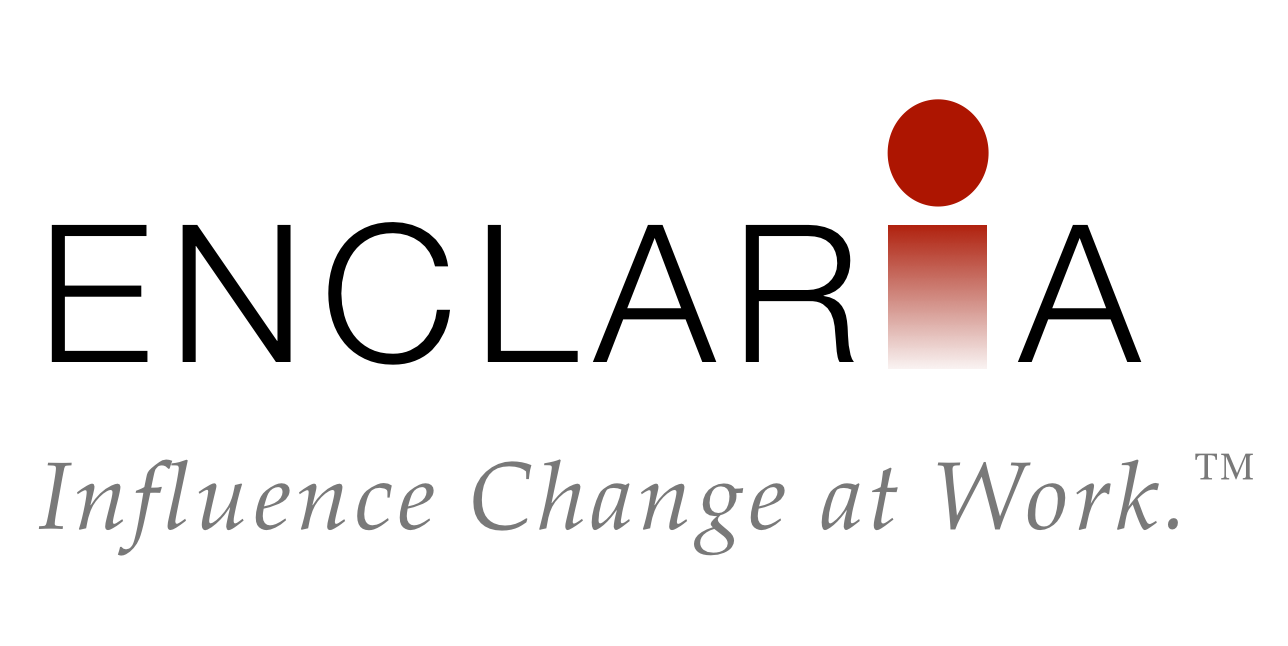Common advice to change agents who are trying to garner support for their initiative is to communicate the WIIFM:Â “What’s In It For Me?” The concept, derived from sales, is simple. In order to influence others, change agents must sell what’s in it – really, what are the personal benefits – for the people they are trying to get on board.
On the surface, it makes sense to focus on what’s in it for them. In order to motivate someone to participate, then logically we should identify the personal benefits that will make them want to do so. If we can convince someone that they will be better off because of the change, then it follows that they would want to support it.
But, there’s something that makes me cringe whenever I hear that the key to getting buy-in is to focus on WIIFM. The approach assumes that the best and only way to get someone to support change is to convince them that it will personally benefit them. And while I agree it’s a good idea to focus on the experience of the other person instead of on what is important to you, motivation is just not as simple as communicating the WIIFM for them.
Consider the following limitations to the WIIFM approach:
- WIIFM assumes that people have to agree with a change and want to do it before they can participate or support it. However, sometimes it’s the other way around. They just have to try it and see for themselves what happens, and then they will believe… or at least not mind it as much as they thought they would.
- The reasons to resist change often outweigh the personal benefits. In fact, they don’t have to; humans are wired to avoid negatives much more than to move toward positives. WIIFM assumes that if you pile on enough benefits people will decide to get on board. Unfortunately, if you ignore resistance, it’s likely no level of benefit will result in a change of mind.
- People often care about more than just themselves. They care about their coworkers, their customers, the company. In fact, do you really want employees and leaders who respond well to a motivation method that assumes they have narcissistic tendencies?
- Sometimes there really is no WIIFM. No sense trying to contrive one that no one will believe anyway.
If there is a clear answer to “What’s in it for me?” for the people who you want to influence, then by all means communicate it. But, please don’t rely on it as the only way to get people on board!
Looking to expand beyond the WIIFM technique? Check out my book, 99 Ways to Influence Change, for more ideas on how to get people to support and participate in your change initiative.
